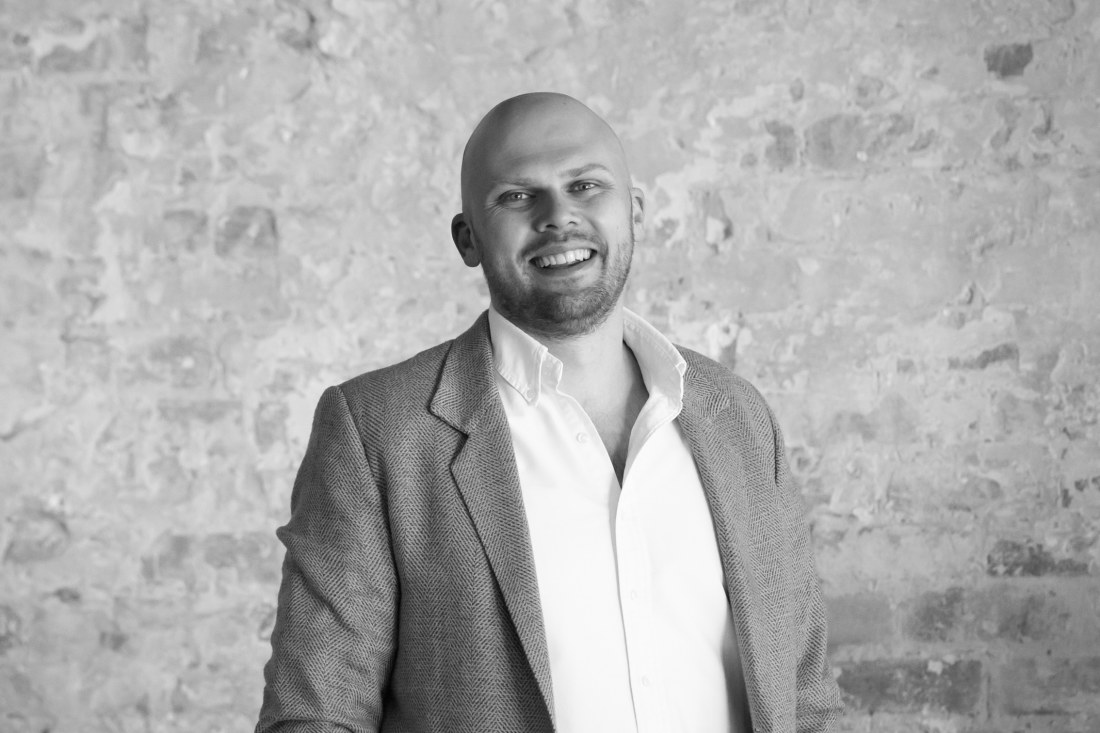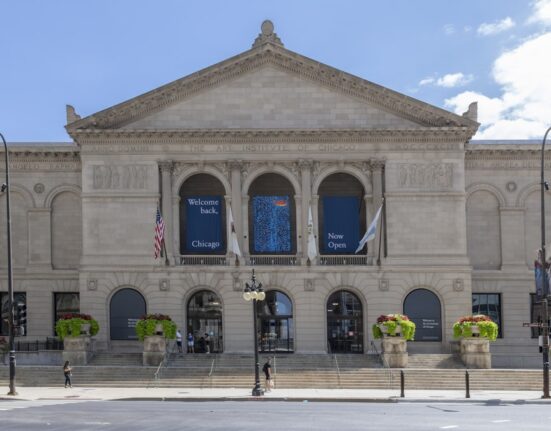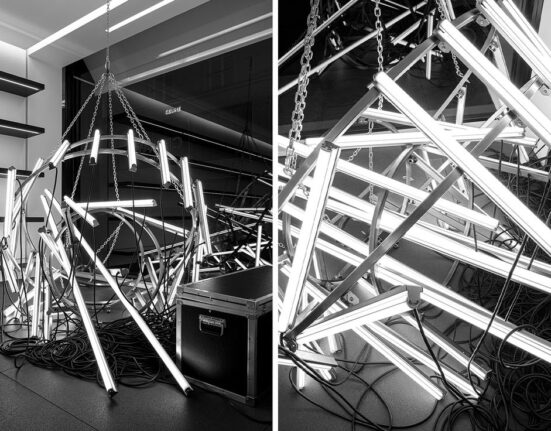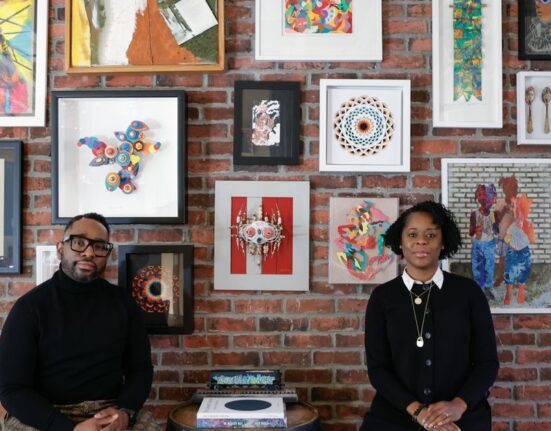“Australian buyers are becoming incredibly savvy,” Davidson says. “In some instances, they are becoming the market leading force.”
Trends in demand for the work of late Anmatyerr woman Emily Kam Kngwarray from the Northern Territory are illustrative of the ebb and flow of the market, Davidson says.
“Her market exploded through to 2005, and demand dropped post-GFC, but after a decade found immediate foundation at those 2005 levels as soon as the market realised what it had overlooked,” he says.
“Demand for works by specific artists – or a period within their career – always influence future sales. What is always important to look at when purchasing – from an investment perspective – is exceptional quality combined with impeccable provenance.”
While auction figures can be a useful proxy for tracking the health of the art market, much of Australia’s buying and selling of art happens privately, through small galleries, private estates and dealers like Davidson and Cornelissen.
The $10,000 and $30,000 rules
Toby Meagher, co-owner of major contemporary gallery group Michael Reid Galleries, says few of his clients approach art collecting with the sole purpose of wealth creation.
“Most people – or at least the collectors that we deal with – are far more skilled at wealth accumulation within their chosen profession,” says Meagher.
“What my colleagues and I aim for is art as a store of value. That is, for our collectors to acquire artworks that stimulate and enrich their life, and should they ever wish to trade up or out of artworks, they can do so without a loss of the artwork’s asset value.”

Meagher’s advice is to worry less about certificates of authenticity, and more about where the artwork has been traded.
While there is no minimum price point for buying good art, and price is less of a reflection of quality and more about the artist’s career stage, Meagher says if he’s buying for his own collection his rule of thumb is works under $10,000.
“I’m comfortable purchasing the work because I like it, and that’s it. It’s something beautiful you get to live with and enjoy. Some of these works will go up in value,” he says.
Meagher looks at pieces above $10,000 as a store of value. He doesn’t want to buy at that level without a good deal of confidence that he can return it to the market at a comparable price. “This takes more conscious decision-making, not simply trusting price points, but understanding how they are arrived at,” he says.
“Once the price tips over about $30,000, buyers ought to be very confident the price tag is a genuine reflection of its likely resale value,” Meagher says. “If you are spending big money, you want to be confident that the artist trades consistently at that price point. This takes some research or finding a trusted adviser.”
Even so, there are no hard and fast rules and prices can still be unpredictable, Meagher adds.
“A good example is contemporary photographer Petrina Hicks,” he says. “Editions of her iconic work ‘Shenae and Jade,’ 2005, were selling for less than $5000 on release. In 2021, an edition sold at Deutscher and Hackett for $46,637. Another edition of this work is coming up for auction again with Deutscher and Hackett in May.”
Immersion is key
Davidson agrees that works selling in the secondary market for $10,000 or more are considered of “collectable” quality. If they’re $30,000, they should be an investment.
“In the primary market, it can be very different. But if an artist is deemed collectable by the market early, prices can accelerate quickly,” he adds. “Collectors need to immerse themselves into these markets so that they can make astute decisions and not miss out.”
Immersing yourself is the trick, says Cornelissen, especially if you’re starting out. It comes down to doing your research and building connections, he says.
“When I worked at Sotheby’s in London, I’d get clients who whenever they were thinking of buying off either the primary or secondary market, they’d ask me, ‘What do you think?’ and I knew they were asking 10 other people the same question,” says Cornelissen.
“It is a world that is so opaque, and it’s hard to get consensus. So if you get many people to agree on something, then you know you’re on to something.”
Where to get the intel
Davidson says that while the art market can be daunting for new collectors, it’s becoming easier to research and find pieces you love.
His advice is to visit reputable auction houses, contemporary galleries and art fairs. He lists Sydney Contemporary Art Fair, Darwin Aboriginal Art Fair and the Melbourne Art Fair. Also speak to artists, curators, dealers and gallerists.
It’s also worth checking out publications like Artist Profile, Art Collector and Vault in Australia. Internationally, look to Frieze.
Meagher adds that Sydney Contemporary shows all the major dealers, and offers a neat summary of the current art trends. Those with a genuine interest should go to the fair and find three galleries they love. “Say hello to those galleries and sign up for their mailing list.”
If you’ve got a generous annual art budget of $200,000 or so but little knowledge, Cornelissen says it’s worth considering hiring an art adviser.
“There are some very established art advisers who will be able to tell you, ‘these artworks are smart to buy now, or for this reason’.”
Safety check
A Productivity Commission inquiry into the proliferation of inauthentic Indigenous art released in 2022 found that up to 75 per cent of Indigenous-style products are non-Indigenous authored. However, the issue is less prevalent among original artworks than in souvenirs.
The House of Representatives said that: “This is due in part to buyers being more discerning and the need for galleries to protect their reputation by ensuring the provenance of more expensive artworks.”
Even so, Indigenous art expert Jesse-Jack De Deyne, also of A Secondary Eye, says it’s important to be able to distinguish the provenance when buying pieces.
“It’s not just about coming to one person, but making sure that you’re getting a number of different voices. It’s healthy to have a couple of people talking to you and giving you advice.”
Davidson agrees that provenance is particularly important when buying Indigenous art, but with any form of work, question marks next to provenance can easily cause the market to lose confidence.
Meagher says to worry less about certificates of authenticity, and more about where it’s been traded. “Are they a known and trusted dealer or auction house? Particularly for Indigenous works – if the artwork originated from somewhere other than the art centre responsible for sales of the artist’s work, then take a wide berth.”







